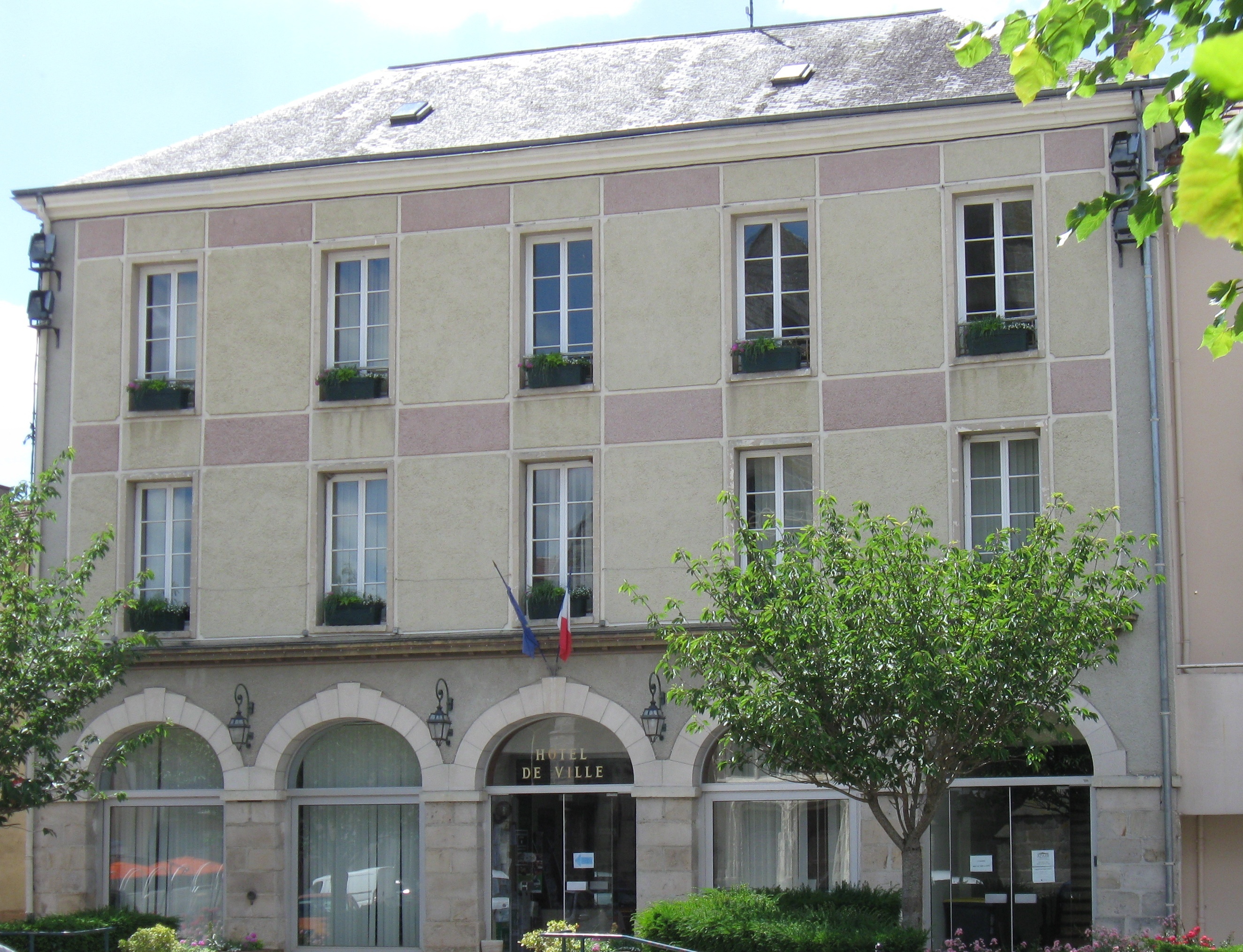 Key facts fakta
Key facts fakta
Located in subregion/area: Côte des Blancs / Sézannais
Vineyards and grape varieties: 101.0 hectares (249.6 acres), of which 82% Chardonnay and 18% Pinot Noir.
Classification: “Autre cru” (87% and 85%).
Maps

The map is linked from Wikimedia Commons, and the geographical information originates from OpenStreetMap. The dotted white area corresponds to the vineyards, light yellow is other open terrain, orange is built-up areas, and green indicates forest. The red-black dashed linje is the departemental borders between Aube (where Villenauxe-la-Grande is located), Marne (where Montgenost is located), and Seine-et-Marne (where Louan-Villegruis-Fontaine is located).
Google Maps view with the villages in the Sézannais highlighted.
Clicking on a village opens a field to the left with a link to the village profile, if it exists.
Neighbouring villages within the Champagne appellation
East: MontgenostComment: some of the communes on the map are not part of the Champagne appellation and therefore don’t have any village profiles.

Villenauxe-la-Grande as seen from southwest along the D76 road. The vineyards visible beyond the village are located between Villenauxe-la-Grande and Montgenost. Picture linked from Wikimedia Commons (photo Thor19, 2015).
The village
Villenauxe-la-Grande is a rather large village (more of a town) in the northwestern part of the Aube departement, on the border to Marne. The river Noxe runs through the village. Villenauxe-la-Grande is the last village to the southwest in the Sézannais area, and the only village in the are which is located in Aube. With the exception of Montgueux, all other Champagne villages in Aube are located in the southeastern part of the departement.
Villenauxe-la-Grande has more or less grown together with the village Dival, which is located north of Villenauxe-la-Grande itself, and which is part of the same commune.
The Villenauxe-la-Grande commune covers 1805 hectares and has 2745 inhabitants (as of 2014), referred to as Villenauxois and Villenauxoises.

The town hall (Hotel de ville) in Villenauxe-la-Grande. Picture linked from Wikimedia Commons (photo Thor19, 2015).
Vineyards
The vineyards in the Villenauxe-la-Grande commune are located on both sides of the village, to the west and the east. The vineyards are continuous with those in Montgenost to the east. To a large part, they are situated on mild south-facing slopes, some of which vary to east- or southwest-facing slopes. Chardonnay is the most common grape variety, by a wide margin.
The current vineyard surface in the Villenauxe-la-Grande commune is 101.0 hectares (249.6 acres). There are 82.7 ha Chardonnay (81.9%) and 18.3 ha Pinot Noir (18.1%). Numbers from CIVC, as of 2013. In 1997, the vineyard surface was 94 hectares. There are 90 vineyard owners (exploitants) in the commune.
According to information from the commune, Villenauxe-la-Grande was accepted into the Champagne appellation in 1970. However, the village has a much longer history of viticulture. In the early 19th century, there were about 300 vignerons, but progressively, other cultivation took over, and in the early 20th century viticulture disappeared due to the ravages of Phylloxera, the wine louse.
Higher rating for Chardonnay
On the now defunct échelle des crus scale, where 100% = grand cru, 90-99% = premier cru, and 80-89% = ”autre cru”, a smaller number of villages were rated differently for white and black grapes, i.e., for Chardonnay (white) and for Pinot Noir and Pinot Meunier (black). The 12 villages in the Sézannais, including Villenauxe-la-Grande, were among these, with 87% for white grapes and 85% for black grapes, which in both cases meant ”autre cru”.

The church in Dival, Église Saint-Jacques-le-Majeur, with vineyard in the background. These vineyards are the northernmost in the commune. Picture linked from Wikimedia Commons (photo Thor19, 2019).
Champagne producers
Champagne growers
Producer status is indicated where known: RM = récoltant-manipulant, or grower-producers. RC = récoltant-coopérateur, growers that are cooperative members but sell Champagnes under their own name.
- Barrat-Masson (RM, Facebook page), member of Vignerons Indépendants and Des pieds et des vins with 7 ha of vineyards with 90% Chardonnay and 10% Pinot Noir. The annual production is 13 000 bottles. Started conversion to organic cultivation in 2009, left the cooperative in 2010, and sold the first totally own Champagnes in 2013. The Champagnes are produced with modest yields, some oak barrel vinification, and are non-vintage.
- Marie Copinet (RM, Facebook page), on the labels written Copinet Marie, member of Vignerons Indépendants and the small grower organisations Les Mains du Terroir, SECRAIE, and Terra Vitis. The vineyard holdings are 9 ha in Sézannais, Côte des Bar, and Vallée de la Marne. The producer has an origin in Jacques Copinet in Montgenost. Monsieur Léonard is a vintage blanc de blancs. Jardin is a series of non-vintage blanc de blancs from old vines that are sold with different level of dosage (currently 0-11 g/l) under different additional names.
- François Oudard (Facebook page), on the labels written F. Oudard.
- Michel Oudard (RM, Facebook page)
- Frédéric Torchet (RM, Facebook page), member of Vignerons Indépendants and the small grower organisation SECRAIE with 7 ha of vineyards, mostly in Villenauxe-la-Grande, but also in Essoyes and Les Riceys. The vineyards contain about 80% Chardonnay and 20% Pinot Noir. Started to sell their own Champagnes in 2004. The range includes a vintage Champagne.
Comment: the list may be incomplete.

The church in Villenauxe-la-Grande itself, Église Saint-Pierre-et-Saint-Paul. Picture linked from Wikimedia Commons (photo François Goglins, 2015).
Links
- Wikipedia about this village in English, in French.
- Website of the Villenauxe-la-Grande commune.
- UMC’s village profile of Villenauxe-la-Grande.
- Vineyard map of Villenauxe-la-Grande at weinlagen-info.de.
- The Swedish version of this post.
© Tomas Eriksson 2017
